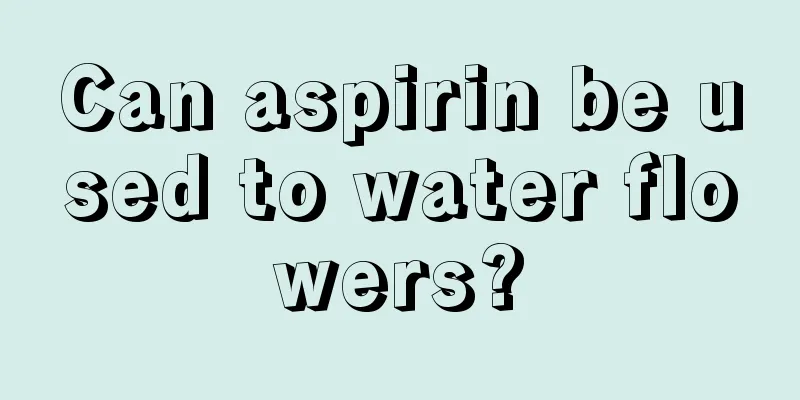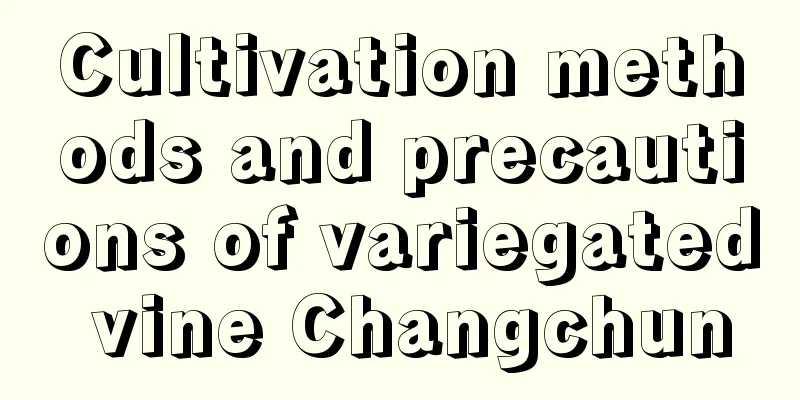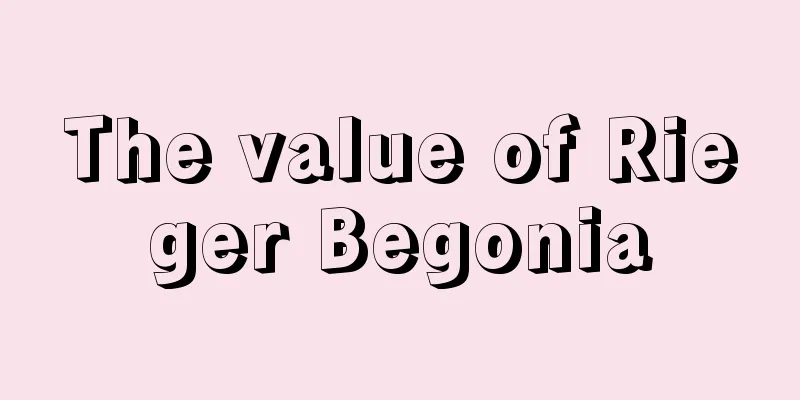Common problems and solutions of alum root

How to deal with alum root rotAlum root is a plant that is not tolerant to water and is afraid of stagnant water. If there is stagnant water in the soil where the alum root is grown, the roots of the alum root will easily rot. To cultivate alum roots, you need to choose loose and breathable soil. You can mix perlite and coconut shells into a medium or use a mixture of peat soil and coal slag. Do not use garden soil directly, you can add some river sand or coal slag. Also pay attention to watering. Follow the principle of watering after the soil is completely dry, and do not allow water to accumulate in the potting soil. Alumroot leaves witherThe wilting of alum root leaves may be due to overwatering. Alum root is not tolerant of water and humidity. Even in the summer when evaporation is high, do not water it too much to avoid water accumulation that may cause the leaves of the alum root to wither. Secondly, during the cultivation process of alum root, the roots were damaged, which affected the growth of the alum root. Another possibility is that the soil for growing alum roots is not clean enough. There are many impurities in the soil, which makes it difficult for the roots of the alum roots to breathe, and there is water accumulation in the soil, which can easily cause the leaves to wither. Diseases and Pests of Alum Root and Their ControlPests and diseases are fatal blows to any plant. Once they occur, they will affect the growth of the plant and even cause its death. Alumroot is a newly introduced plant, and diseases and insect pests are relatively rare, with the exception of aphids, gray mold and root rot that occasionally occur. Therefore, prevention is the main approach when it comes to diseases and insect pests. During the maintenance process, if you are worried about the threat of pests and diseases, you can spray some insecticides or carbendazim for disinfection frequently. The maintenance environment needs to be semi-shaded and kept relatively cool to avoid direct sunlight, which can reduce the incidence of diseases and pests. |
<<: Common problems and solutions for moth butterfly flowers
>>: Common problems and solutions for silk flower maintenance
Recommend
What is sandy soil?
Sandy soil is composed of more than 80% sand and ...
Planting and management of the lotus lantern
The Medinia paniculata, also known as the Medinia...
Can wheat bran be used as fertilizer?
Wheat bran as fertilizer Wheat bran can generally...
Methods and precautions for propagation of Chinese evergreen by cuttings
How to propagate Chinese evergreen by cuttings Pe...
The cultivation method and precautions of saxifrage, how to grow saxifrage on water-absorbing stone
1. Breeding methods Saxifraga loves water very mu...
How to water the rose ball
The growth habits of the rose hips are excellent ...
Mint and mugwort, repelling insects and benefiting the body and mind
Vanilla scent repels mosquitoes but attracts butt...
Transplanting methods and precautions for osmanthus
Transplanting time When transplanting osmanthus, ...
How to grow white magnolia
1. Soil Magnolia is suitable for acidic soil, wit...
Colorful pepper planting time and method
Colorful pepper planting time Colorful peppers li...
Cultivation methods and precautions of Chunlan
1. Soil Do not use alkaline soil when growing spr...
How to prune peony flowers to make them bloom more easily?
Peony pruning time Peonies need to be pruned thre...
The "Clivia" is stuck and won't bloom, which makes people worried! Teach you 4 tricks to make the flower arrow bloom beautifully!
First, let's talk about the temperature diffe...
How to convert water culture to soil culture for Ruyi Queen
1. Specific methods for converting Ruyi Queen'...
Does the Basil Tree prefer shade or sun?
Does the Basil Tree prefer shade or sun? The lobl...









